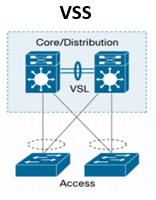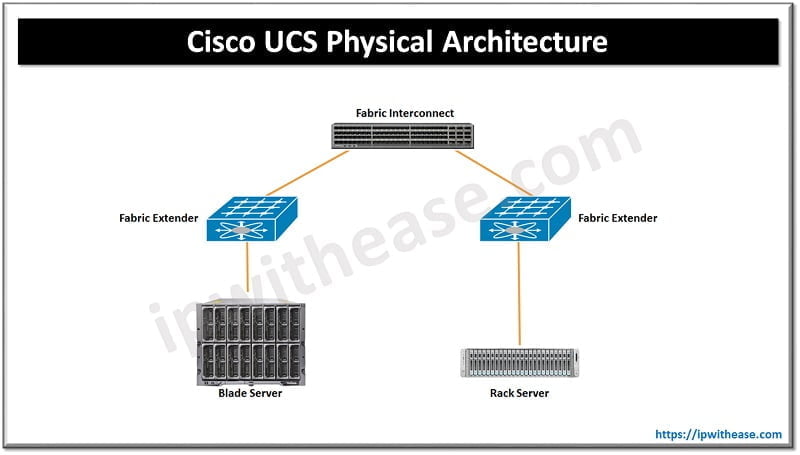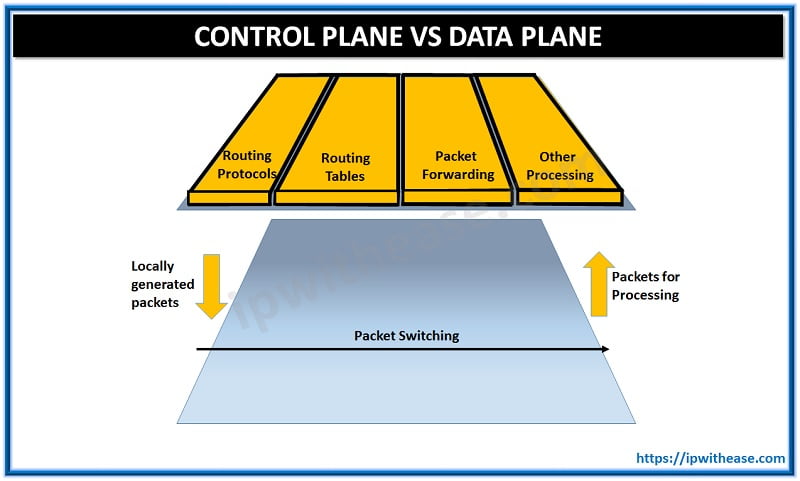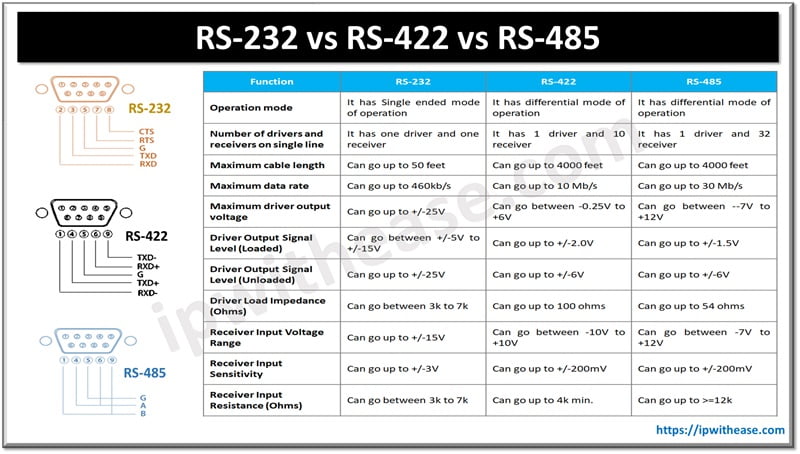Introduction to Stacking vs VSS
Stacking transforms standalone switches into single logical unit or group, with this group of switches showing the characteristics of a single switch but having the port capacity of the sum of the combined switches.
A VSS is network system virtualization technology that pools multiple Cisco Catalyst Switches into one virtual switch, increasing operational efficiency, boosting non-stop communications, and scaling system bandwidth capacity. A VSS will allow two physical Cisco Catalyst Series Switches to operate as a single logical virtual switch called a virtual switching system.
Comparison Table: Stacking vs VSS
Though both the technologies (Stacking and VSS) aim to form multiple standalone switches into one single management plane, this is essential that we understand how both the technologies differ –
FEATURE | STACKING | VSS |
| Cabling | Uses Proprietary Cabling | Uses 10G Interfaces |
| Distance Supported | Limited by distance | VSS members can be in geographically distant locations |
| Chassis members | Scalable upto 8-9 members | 2 members at max |
| Platform switches | 2960 , 3750 , 3650 , 3850 | 6500 , 6800 , 4500 |
| Control Plane | 1 Control Plane | 1 Control Plane |
| Switch Size | On smaller / Access layer switches | On Core or Aggregation layer switches |
| Add/remove member | No detailed configuration required to add stack member | Configuration required to add Chassis into VSS group |
| Control and management traffic | No dedicated link explicitly for control and management traffic. | VSL is the dedicated link for carrying control and management information across VSS members. |
Continue Reading:
ABOUT THE AUTHOR

You can learn more about her on her linkedin profile – Rashmi Bhardwaj






